pi-top (Gray)
The pi-top is a DIY laptop you build yourself that helps you start learning how to code, create awesome devices and take your knowledge to the next level. This Raspberry Pi powered laptop is an excellent resource to any budding hobbyist, student or intrigued user wanting to learn more about the capabilities of the credit card-sized development board. The only thing this kit doesn't include is a speaker and its own Raspberry Pi; you'll need to supply that on your own. We purposefully chose the pi-top without its own RPi due to the fact that most of you already own your own board and may not want to use a different or more expensive one.
The gray pi-top comes with a 13.3" HD LCD screen (1366 x 768 resolution), a QWERTY layout keyboard with trackpad, a smart battery pack capable of running the pi-top for 10-12 hours, and a Hub PCB to take care of power management and a host of other functions. Don't worry about cables or your OS either; everything to hook up each part in the box is included, along with the latest version of the pi-top OS on an 8GB microSD card. Assembly is easy -- just plug or snap in all the parts with minimal use of the included tools.
All pi-tops come preloaded with CEEDuniverse, a multiplayer online game that teaches you how to code, build circuits and make hardware that interacts with the game in real time. For example, you’ll be mining for resources in CEEDuniverse. However, you must program your mining bot in order to activate your Mining Machine. Speaking of mining, Minecraft comes pre-installed on each laptop as well!
Note: Need a Raspberry Pi to use with your pi-top? Never fear; we have you covered with the new Raspberry Pi 3!
Note: This item is non-returnable and may take longer to process due to battery installed in the equipment and therefore does not qualify for same-day shipping. Additionally, these batteries can not be shipped via Ground or Economy methods to Alaska or Hawaii. Sorry for any inconvenience this may cause.
Weight: 3.183 Pounds
- Pi-Top PCB Hubs
- 13.3" HD LCD Screen
- Matte Trackpad
- QWERTY Layout Keyboard
- 12h Smart Battery
- Gray Injection Molded Case
- Customizable Acrylic Slice for Easy Access
- HDMI, USB to microUSB, USB to 4p and 18V Power Supply
- Pi-Top OS SD Card
- Free CEEDuniverse Educational Game
- Free Minecraft Raspberry Pi Game
- Illustrated Instructions
- Consistently Updated Operating System
- Assembly & Instruction Guide
- pi-top OS Polaris (Make sure to check for new updates!)
- CEEDuniverse
- Product Page
pi-top (Gray) Product Help and Resources
Using pi-top products with the Raspberry Pi 3 B+?
Using the Raspberry Pi 3B+? You need pi-topOS version 2018-04-03 or newer or your Pi will get stuck on the "rainbow screen of death." You can download the newest version of the OS at the link below. https://pi-top.com/products/os#download
Core Skill: DIY
Whether it's for assembling a kit, hacking an enclosure, or creating your own parts; the DIY skill is all about knowing how to use tools and the techniques associated with them.
Skill Level: Competent - You might need to break out the power tools. Nothing beyond a power drill or rotary tool should be required, but you might have a hard time with just a screwdriver and hammer. Cutting holes into plastic or metal might be required.
See all skill levels
Core Skill: Programming
If a board needs code or communicates somehow, you're going to need to know how to program or interface with it. The programming skill is all about communication and code.
Skill Level: Noob - Programming will be limited to basic drag and drop interfaces like ModKit or Scratch. You won't be writing code, but you will still need to understand some basics of interfacing with hardware. If you?re just using a sensor, it's output is analog.
See all skill levels
Core Skill: Electrical Prototyping
If it requires power, you need to know how much, what all the pins do, and how to hook it up. You may need to reference datasheets, schematics, and know the ins and outs of electronics.
Skill Level: Rookie - You may be required to know a bit more about the component, such as orientation, or how to hook it up, in addition to power requirements. You will need to understand polarized components.
See all skill levels
Comments
Looking for answers to technical questions?
We welcome your comments and suggestions below. However, if you are looking for solutions to technical questions please see our Technical Assistance page.
Customer Reviews
3 out of 5
Based on 7 ratings:
1 of 1 found this helpful:
Seemed like a good idea
I loved everything it wanted to be. Pi based Laptop. 10 hour battery. DYI
When I first set it up it was GREAT!. I had a blast. But then It had the battery problem. Then a power board problem. Contacted support they were great, but slow.
I last attempted repairs and then the monitor went on me. So it may be working, but we got stalled on the monitor replacement. So no screen activity.
I gave up after that.
It would have been great.
4 of 4 found this helpful:
Junk software and poorly designed hardware
Recently I was looking for a cheap laptop I could take to work and use in meetings. All it had to do was run a web browser and connect to wifi so I could take notes in our wiki and software issue systems. I’ve been wanting to try the pi-top laptop, and this seemed like a good chance.
- Doesn't power up reliably. Some times on power-on nothing comes on screen
- Keyboard doesn't make contact with all keys(z, x, c are worst for me) and makes loud clicks when it does work
- Software is poorly maintained and doesn't follow safe packaging guidelines.
And its not returnable because it has lithium batteries in it.
Full rant here: http://qypea1.dyndns.info/wp/2017/08/pi-top-review/
3 of 3 found this helpful:
Disappointed
I was really looking forward to this unit as I have seen so many good reviews. However: 1. when I did a standard upgrade/update, it crashed the card - have not tried again; 2. the keyboard is warped (puffed upward) and is uncomfortable to use; and 3. the prototype board is not available in the US. Between the OS issues and the lack of breadboard support, I would not recommend this to anyone who wants to use it for anything other than Minecraft.
Sorry that you're having issues with it. I would suggest contacting PiTop support (support@pi-top.com) - they understand that, being a new product, it may have some issues, and they’re being great working to resolve them!
1 of 1 found this helpful:
Pretty darn cool !
The Raspberry Pi in a truly mobile form factor ! I followed the directions carefully - had it together in an hour or so. And it booted right up. Having a blast with it. First thing you should do, is go to the pi-top website get to the latest software update.
1 of 2 found this helpful:
Nice for mobile development
This thing is so cool. It wasn't too much work to put together, just enough to feel accomplished and know how to get it apart if needed. I noticed the keyboard bowed out a little, but then pulled the top plate and re positioned the power and HDMI wire that run under the top of the keyboard; now it seems flat. The keyboard layout gets me with the up arrow and the shift key, but that may be a European thing. I like the slide in plate covers the pi, its transparent so you can see the pi’s indicator lights; then if I need to get at something I just slide it out and I can get at the pi. This process is needed to plug things into the USB port of the pi which is a little cumbersome.
Currently I’m just using Jessie OS with no pi top software so I have no control over the laptop from the pi. I’m too invested in Jessie to change, I want to use the Pi-Top to develop programs then move them to a permanent pi. Having a nice portable pi to develop code without having to sit in my cold work shop (where space is and the mouse, keyboard, screen, power supply)
Was looking for cheap and slow, got dysfunctional.
I expected a bulky, low-spec device. But the included sd card with the os failed to ever boot the device. I was unable to figure out how to install their OS from their website on an sd card properly to make the device boot. I downloaded an alternate Pi-compatible OS; after booting the track pad is entirely unreliable. Sometimes it does what my finger does. Other times I can move my finger across the entire track pad and the mouse won't move at all. Sometimes I can move it a very small amount and the mouse will jumpily the way across to the other side of the thing I'm trying to land the mouse on. Other times it'll do a "reverse" thing where I move my finger down and right, but it moves the mouse up and left. It interfaces to the Pi via USB, you'd think it would be self-contained enough to work properly. Another supposed advantage of this product is that is has an included battery, but the device won't power-on when the ac-adapter isn't plugged in, even after leaving it plugged in for 1 day.
Raspberry B3, not B3+
PI-top OS is apparently still being updated for Raspberry 3 B+ hardware (https://support.pi-top.com/en/support/discussions/topics/24000006113). OS shipping with the product now will not work out of the box with the newest boards.

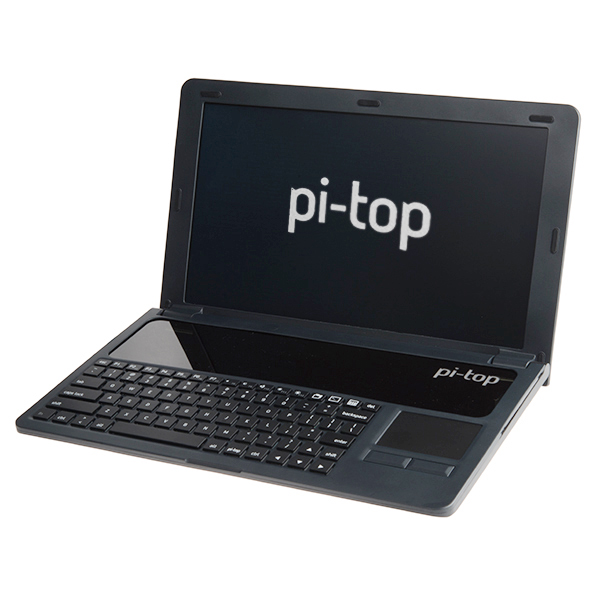
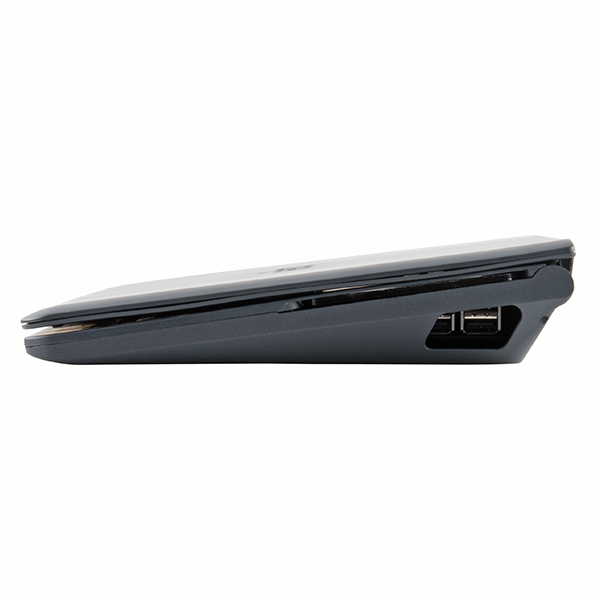
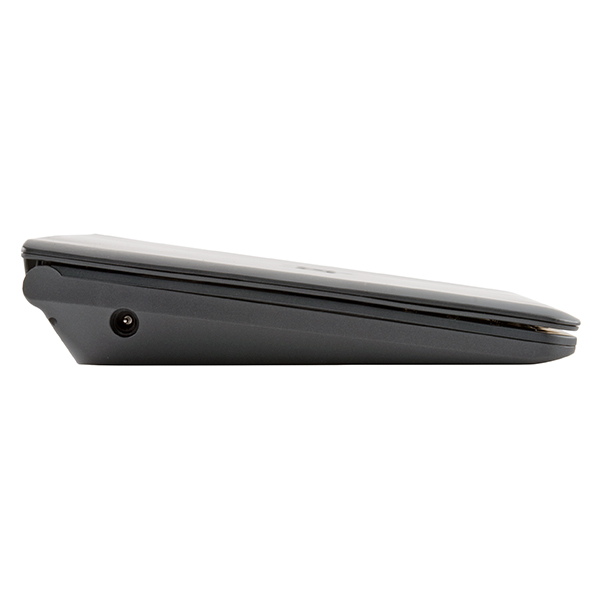
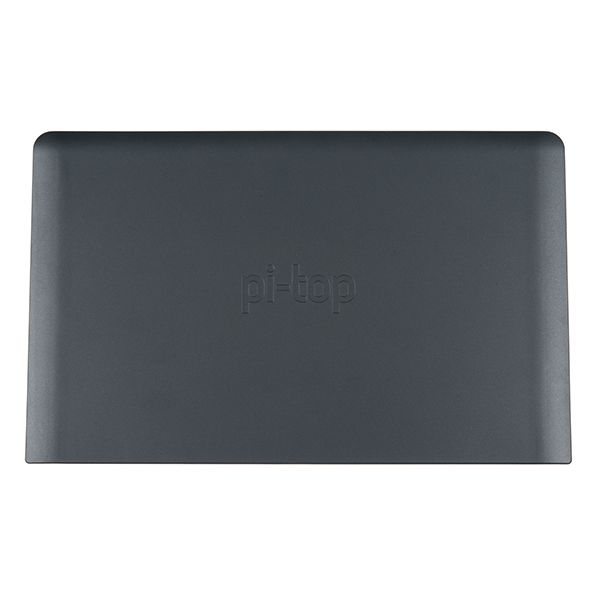

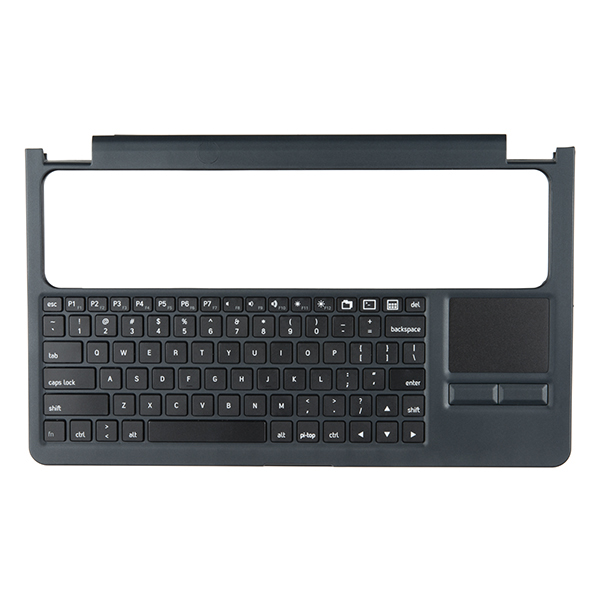
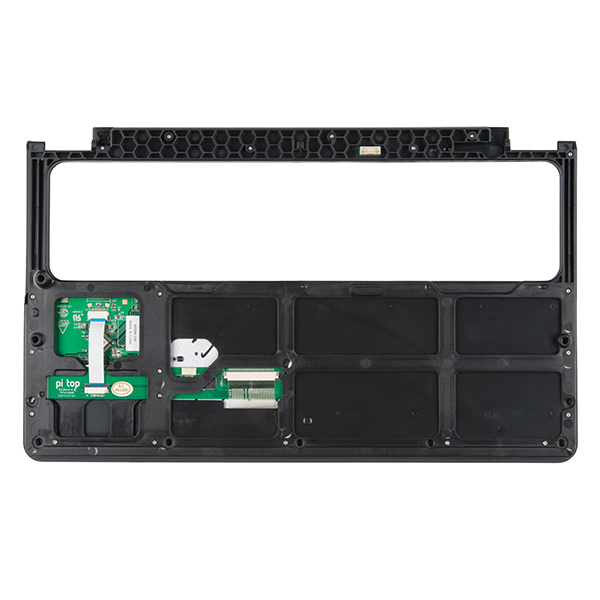
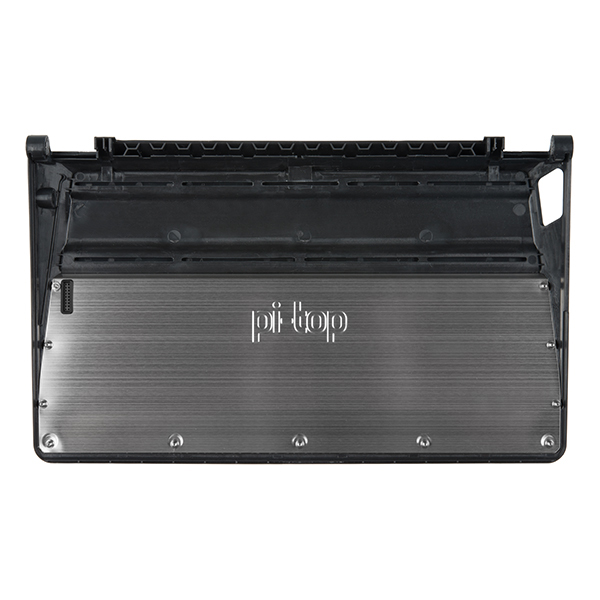
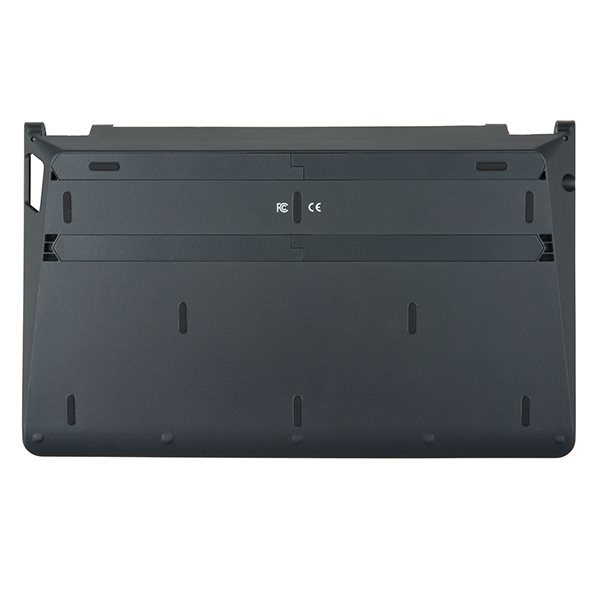
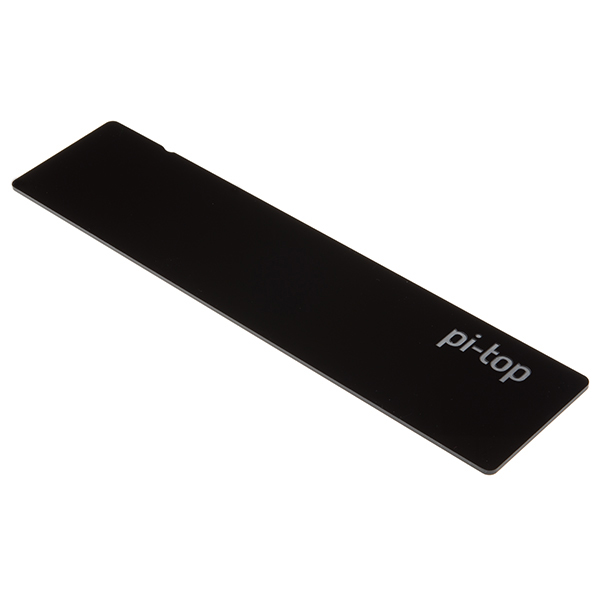

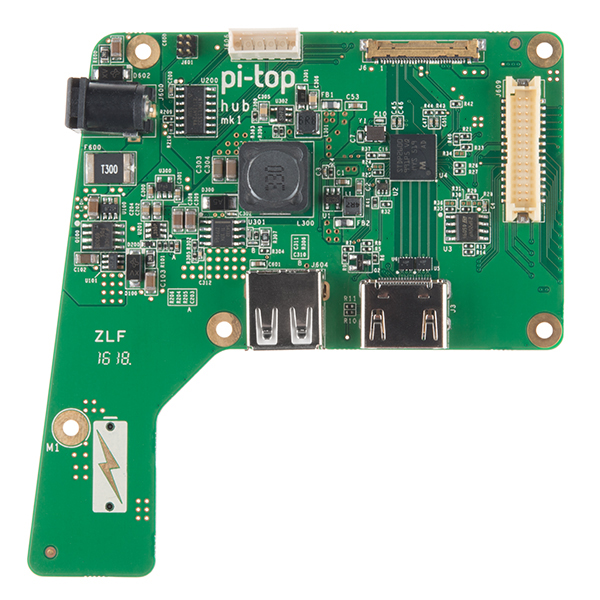


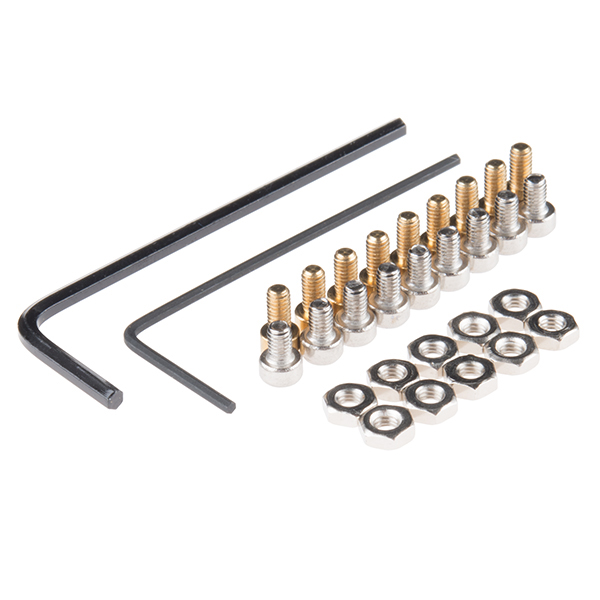
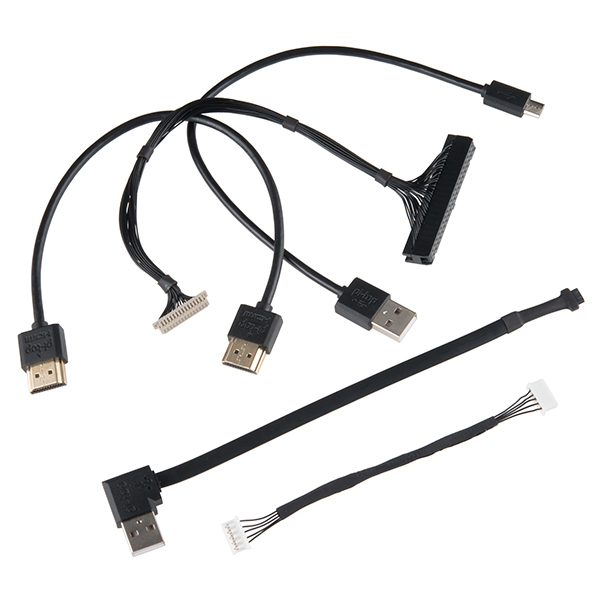
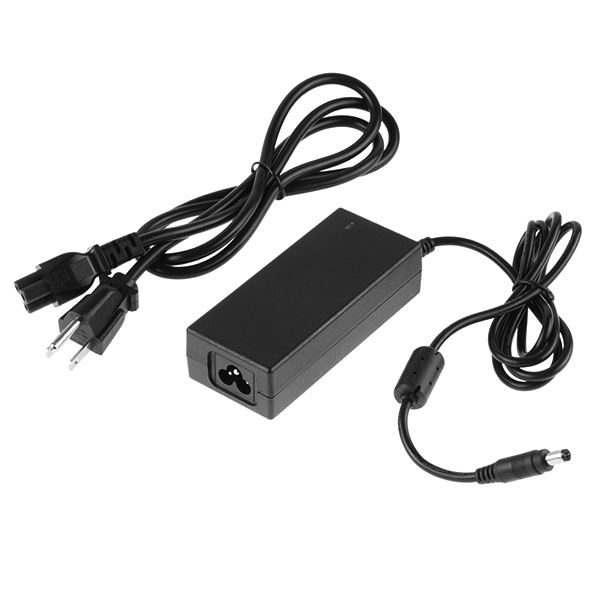
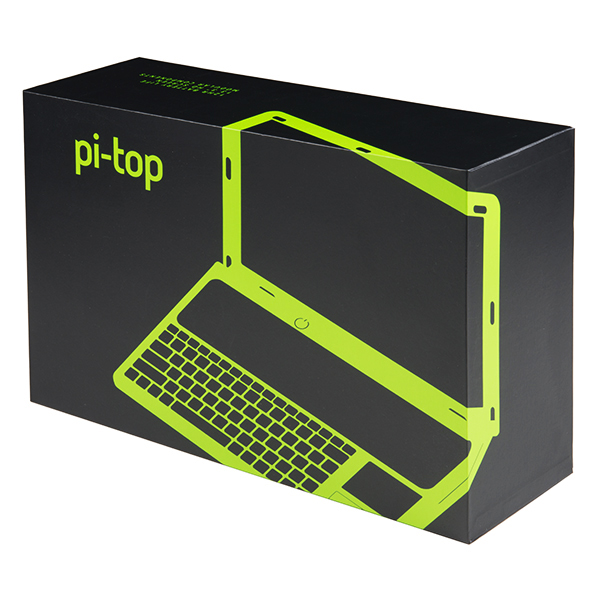
is it possible to use the GPIO of pi-top?
I'm new to RPi and Pi-Top, so bear with me.
On the Pi-Top the RPi's GPIO header is taken by a cable which connects to the Pi-Top's power board. So you can't use that (for now). Actually, apart from a couple of USB and a Ethernet connector all connectors on the board are used by Pi-Top. (And frankly USB and Ethernet don't count since I have those on my Dell/Windows laptop too!)
You probably want the Pi-TopPROTO board. It looks like it plugs onto your RPi's GPIO header, and you plug Pi-Top's cable on top of that. All connections are available on the board, and it includes a limited prototyping area. Solder your wires on the proto board and bring them into the Wild World at the right of the Pi-Top. Should be ideal for I2C or SPI at the least. I've looked around here on SFE, but I don't think they offer the Pi-TopPROTO at this moment.
Would be nice if somebody could confirm my conjectures.
Looking at the pictures of the proto board it looks I was wrong about its connection.
http://stevenvh.net/i/electronics/rpi/pitopproto03.jpg
http://stevenvh.net/i/electronics/rpi/pitopproto04.jpg
The 40-pin header does not go on top of the RPi. Instead it connects to the Pi-Top's control board through a 34-pin connector at the left side, see
http://stevenvh.net/i/electronics/rpi/pitopproto02.jpg
The 34-pin connector's pins are connected to a header at the right, so that several boards can be daisy-chained.
from the Knows Enough To Be Dangerous on Pi-Top OS file: "During that I noticed that there were several junk files and folders in my homedir owned by root. sudo rm and everyone is happy again. At that point my battery indicator didn't work any more. Run pt-battery manually and it spits out a bunch of crazy errors. Took me a while but it turns out that /dev/i2c-1/??? went missing on the last reboot so we can't talk to the battery. My best guess is that one of these scripts put incorrectly in the user homedir was critical to setting up the i2c bus so we could communicate over it." <end quote> ---"Incorrect" or not, root users should never assume that any strange files in a new installation are "junk". The above quote was from someone who rated the Pi-Top one star. The link to his own blog post is a deadlink, so it took some extra searching, and this was the only useful info I got from the rant. Remember, this is a KIT for learning electronics and (specifically for kids) coding/programming. For linux experts, try hacking Rasperrian OS, or you are welcome to buy a Chromebook and violate the warranty by hardware hacking, if that is what you are REALLY looking for (don't expect Chrome OS/Chromium to be hacker friendly) Also, consider building your own Pi laptop from scratch instead of buying an educational project -then everyone is happy again.
My pi-top was okay for about a month then the battery died, I went to pi-top for assistance, I ordered the replacement and still have no word as to whether on has shipped. I would rate this lowly because of the battery, If the newer has the same battery it probably will have the same two year old unresolved engineering issue. If you are willing to take a chance on a couple hundred dollars then go right ahead.
Would love a better keyboard upgrade option, the included chiclet keyboard is a little difficult to use and keys have to be pressed firmly to respond. I had the battery problem and support was able to help, but now its not charging, so will need to contact them again. Would love for the speaker to be included in the package as well.
Can the USB keyboard/mouse and HDMI display work without a rPI attached? I'm thinking this would make a great starting point for a cheap(ish) DIY kvm/crash cart
If this ever gets updated with a 1920x1080 screen, I'm in.
If anyone knows of a suitable HD screen that will fit in this, please let me know!
Depending on your needs, neat alternative might be to use VNC, which is now included in Raspbian.
You can then install the VNC Viewer Chrome extension and develop from just about any computer that can access your Pi on whatever network it's hooked up to. I recently set this up on my Chromebook and it works great.
That's a neat trick, but my goal is to take the pi-top on the road with me as very light laptop with great battery life. A bit like a DIY chromebook but still a "real" computer.
If you don't want to watch 1080p video then 1920x1080 is useless on such a small (13") screen. Note that on Windows laptops with this resolution and this screen size fonts are enlarged so that a typical screen layout will look like a... 1366x768 screen! If they wouldn't enlarge the font text would become unreadable.
To efficiently read two documents side by side I find that 1920 is the minimum horizontal resolution to do the job. I wear prescription glasses and have no trouble seeing individual pixels. When I use Windows, font scaling is turned off. (I would not be using windows on this device!)
If this screen size/resolution works for other users, that's great. I'm merely providing feedback on why I'm not buying one and what it would take to make me buy one. I'm certainly not unique in this opinion:
http://www.geek.com/chips/linus-torvalds-wants-2560-x-1600-as-the-standard-laptop-display-resolution-1525593/
http://www.laptopmag.com/articles/laptop-screen-resolution-ripoff
I see that Elektor in Germany is selling an updated version with 1920*1080 resolution. Does Sparkfun have any plans to stock this? https://www.elektor.com/pi-top-diy-laptop-kit-for-raspberry-pi-de
https://www.crowdsupply.com/sutajio-kosagi/novena
Try the screen from the Novena.
Thanks Chris, I might just do that. Thanks for the link!